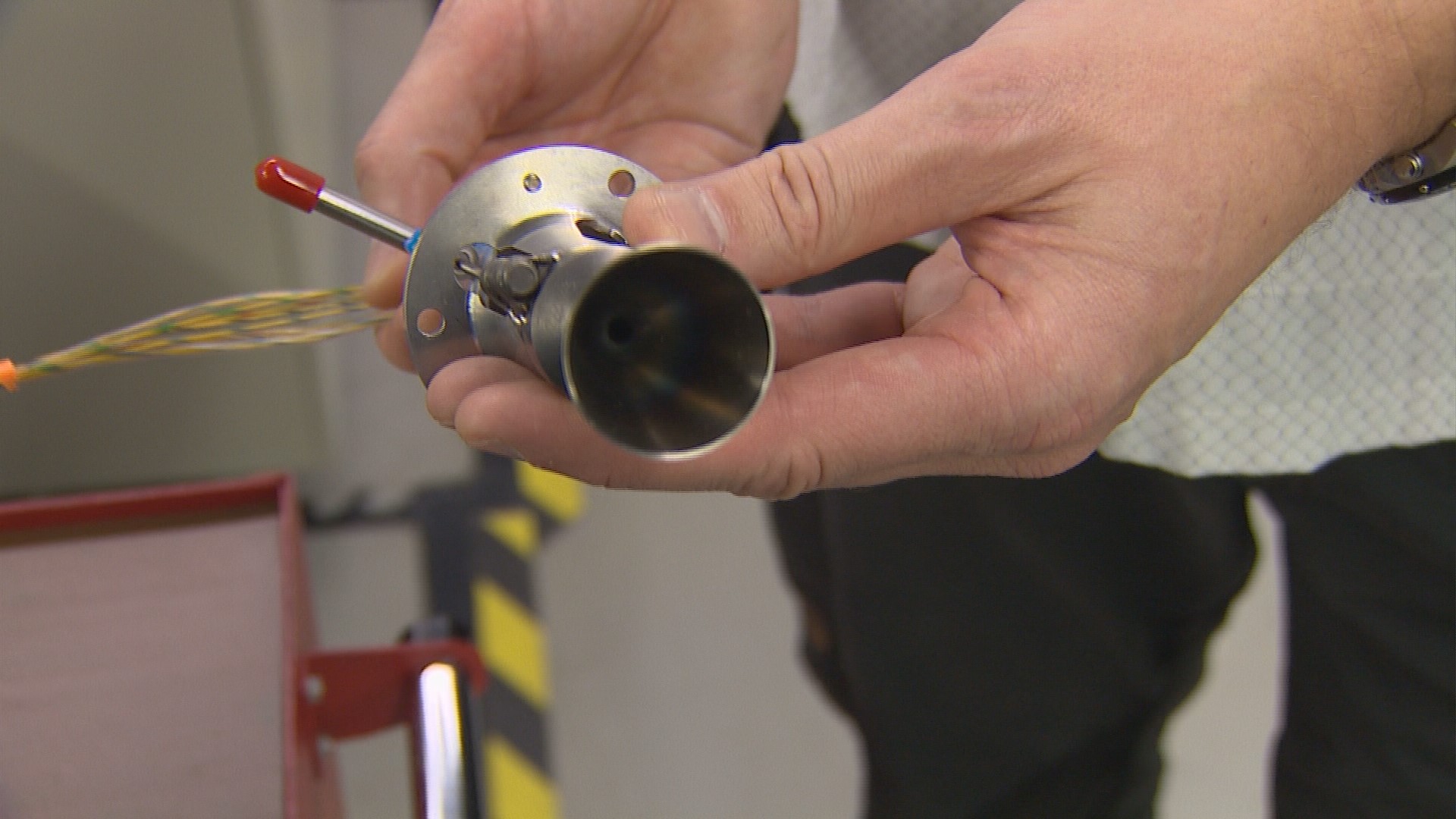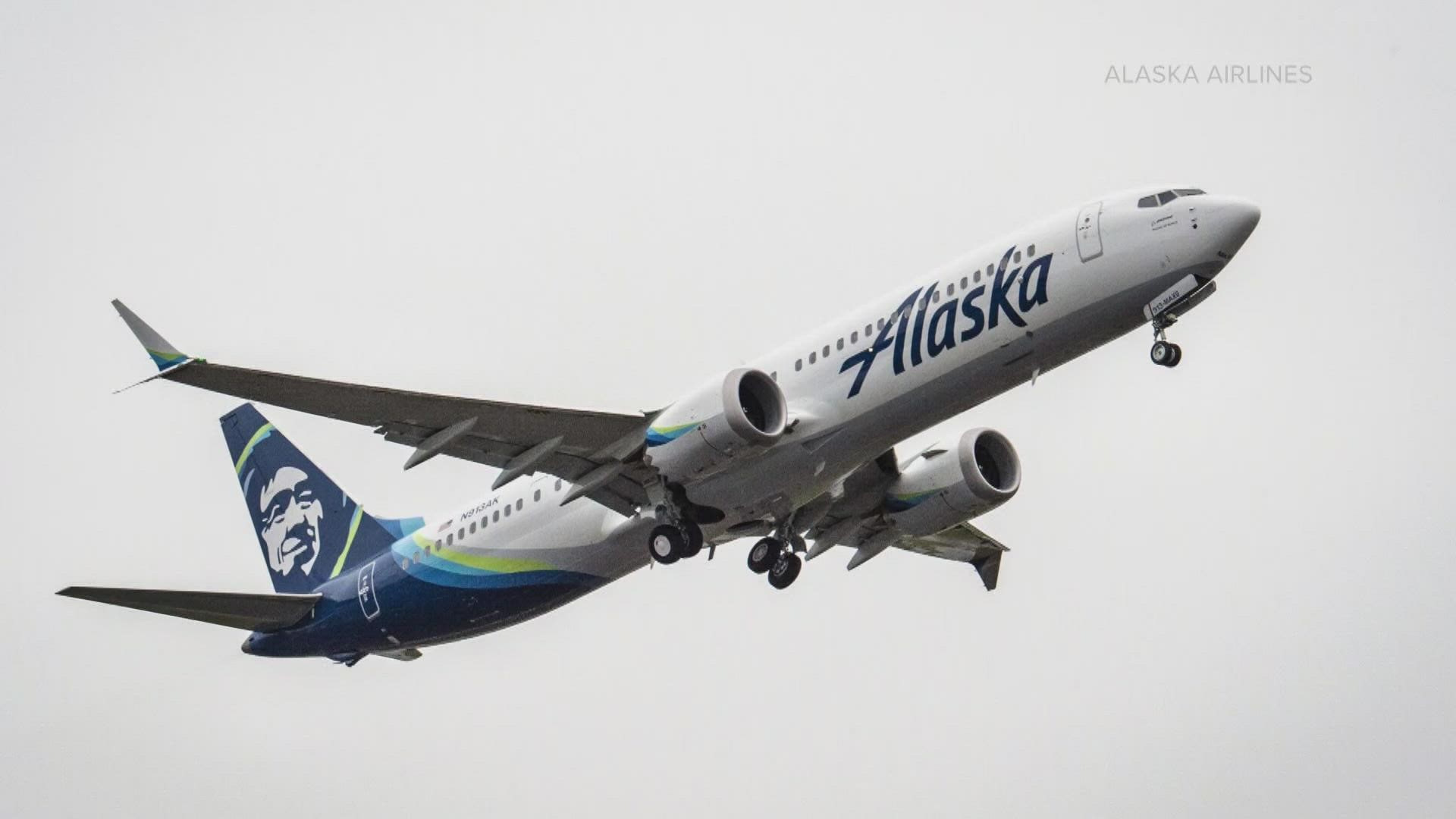NASA on Thursday will launch the second in a new series of high tech weather satellites, giving forecasters, wildland firefighters and scientists tools they’ve never had before. For those satellites to do their job, a Western Washington company plays a key role.
They’re named GOES satellites, standing for Geostationary Operational Environmental Satellite.
The first one, known as GOES-East, was launched in 2016. During its testing phase, it toured over much of the country after launch. It looked at hurricanes and western wildfires before taking its permanent position focusing primarily on the eastern United States.
The one that will be known as GOES-West is launching Thursday and will focus primarily on the western United States.
Sixteen small rockets, or thrusters, keep these satellites in their stationary positions -- adjusting them against the gravitation pull of the sun and the moon. Those thrusters are made by Aerojet Rocketdyne of Redmond.
Twelve of the rockets use mere droplets of fuel, burning for snippets of a second to keep the satellite locked into position. These Low Thrust Rockets (LTRs) are joined by four other small rockets geared to longer burn times to move the satellite around as well as put the rocket into its initial position. They are called Arcjet thrusters. They also use fuel but use electrical power from the satellite's solar array to superheat the fuel, increasing the fuel economy.
There are no gas stations in space, so the fuel contained on the satellite is all there is, and the quantity is expected to last more than 20 years.
A third satellite, called GOES-T, is being assembled by Lockheed Martin in Littleton, Colorado, outside Denver. GOES-T will be put in orbit as a spare in case something goes wrong with one of the other two. A fourth satellite -- a second spare -- will be stored on the ground.
(Correction: An earlier version of this story said the launch was scheduled for Friday. It is Thursday)


